Colourful Return Bike Adventures From The Moon
Sunday, April 29, 2012
 Shangrao, Jiangxi, China
Shangrao, Jiangxi, China
Hey Hey and a Big G'Day toya,
Wanko soba anyone?
Sobagaki sobayu or Mentaiko from Fukuoka, Karasumi, Katayaki Senbei or Yukimi Daifuku, Kuzumochi, Monaka, Mitarashi Dango, Ankou Nabe, Nozawanazuke, Takanazuke, Tamago Kake Gohan, Rakkyo and fukujinzuke as condiments, Komochi Kombu or Kazunoko, Yamakake, Yamaimo Maguro, Atsuyaki Tamago, Kobucha, Kasutera, Tazukuri, Karintou, Hoshigaki, Inarizushi, Chikuzen-ni or maybe Surume?
If none of the above blow your hair back then maybe some Nigiri-Zushi or several types of Sushi and some Sake might jiggle your bits and pieces. For those wondering if I’ve either gone madder, more insane or changed countries then I’ll make it simple, the new Japanese restaurant in Shangrao city is more than the winner I thought it would be. The Chinese many respond with words of hatred when you simply say the word Japan, but offer a Japanese restaurant, they will wait in line to be seated.
When it comes to food the Chinese seem to put aside their differences.
For those that don’t know and that have never visited the Land of Beers N Noodles then that’s what life is all about here in China…Food…preparing it, cooking it, presenting it and then taking as long as possible to eat it whilst not only having as much fun and beer as possible, but also to be as loud as humanly possible.
Could I possibly add another possible in there? It’s possible that I possibly could!
Of late, the weather has been in my favour and I’ve been getting three to four hours riding in most afternoons and on weekends when it’s not raining, a hell of a lot more. I love this time of year, after a long cold winter getting back into the saddle and re-acquainting myself with the freedom and joy of riding (hat quickly crept to the dark recesses of my mind when winter came crashing through the front door).
The photos are from my 'Return Ride’ from Moon Hill that takes me through a heap of small villages and back to Shangrao city. Most of the photos are from ‘off shoots’ that take me further out into the hills but always seem to end leaving me having to ride back the way I came to then continue on until the next village. The rest of the blog though is just some general information on Japanese food and instead of offering a thorough guide I decided to simply leave it at the history of Sushi as the following is in no way a history lesson. Having a new and very tasty Japanese Restaurant nearby simply got me thinking, where did all these tasty treats come from and needless to say that with China’s long history that there really was no need to be so surprised with some of the answers.
With a time-honored history, Chinese cuisine culture is extensive and profound.
According to records, as early as in the Shang and Zhou dynasties over three thousand years ago, a fairly complete culinary system was formed. Thanks to the constant development and improvement over the past several thousand years, Chinese cuisine has become a complete culture system with unique characteristics which has also given birth to other cultures such as the tea culture.
History of Sushi
The history of sushi shows first of all that it does not originally come from Japan, but from China. In China it was used to preserve raw fish. Still sushi had a different form, because back then fish was flattened with a big and heavy stone in order to make it durable. In addition to this the fish was salted also to extend the durability. At that time fish was served on rice, which was not eaten but used because of its heat to cook the raw fish a little. Later, in the 8th century sushi came to Japan where rice was already used as food, especially with fish and this was the first time sushi was not used as a preserving method but as a delicatessen and it was from this point in time that sushi began changing.
Vinegar was added to the rice and together with the traditional fish vegetables were integrated and sushi became more and more like the sushi we know today.
In the 19th century sushi became such a popular meal in Japan that you could buy it almost anywhere in Tokyo and supposedly it spread to the rest of the county due to an earth quake that shattered the city. Many people who earned their living selling sushi fled back to their villages of origin and opened new sushi eateries, thus the recipe quickly spread through the rest of Japan and years later the sushi boom exploded throughout America, Europe and finally Australia.
What Is Sushi
Sushi?
That’s raw fish, right?
I’m not eating stuff like that!
At first one should know that there are different kinds of sushi and to begin, there is the Nigiri Sushi. This is the classical kind of sushi consisting of rice that is shaped into the form of a cube with fish or grilled eel pieces etc placed on it which are then fixed with an alga-band. Another well-known sushi is the Hoso Maki which consists of small rolls with stuffing and an outer layer of alga. The stuffing is made of many different ingredients such as different types of fish, fish eggs, Japanese mushrooms, cucumber and avocado. Ura Maki (inside out sushi) is basically Hoso Maki with another layer of rice around it and fish eggs or sesame stuck on this outer layer. Temaki Sushi, the last kind of I’ll mention, mainly as I don’t really know that much about sushi except that I love to consume it in large quintiles, is made up of little alga bags with a filling, which again consists of rice and a small piece of fish. All sushi is generally served with hot ‘Wasabi’ (Japanese green horseradish) and soy sauce and the wasabi and soy sauce are mixed and then used as a dip.
Typical Japanese Food
The typical Japanese meal consists of a bowl of rice (gohan), a bowl of miso soup (miso shiru), pickled vegetables (tsukemono) and fish or meat. While rice is the staple food, several kinds of noodles (udon, soba and ramen) are cheap and very popular for light meals. As an island nation, the Japanese take great pride in their seafood and a wide variety of fish, squid, octopus, eel, and shellfish appear in all kinds of dishes from sushi to tempura.
Rice
Like with all rice growing Asian countries, the cultivation of rice in paddy fields traditionally required great cooperation between villagers and this is said to have been central to the evolution of Japanese culture. There are several thousand varieties grown in Japan, with Koshihikari and Akita Komachi being among the most popular. Rice is also used to make mochi (rice cakes), senbei (rice crackers) and sake (rice wine). Rice can also be cooked with red beans (sekihan), seafood and vegetables (Takikomi gohan) or as a kind of watery porridge seasoned with salt (kayu) which is very popular as a cold remedy. Onigiri are rice balls with seafood or vegetables in the middle, usually wrapped in a piece of dried seaweed (nori).
Noodles - Udon and soba
Udon noodles are made from wheat flour and are boiled and served in a broth, usually hot but occasionally cold in summer, and topped with ingredients such as a raw egg to make tsukimi udon, and deep-fried tofu aburage to make kitsune udon. Soba is buckwheat noodles and are thinner and a darker color than udon. Soba is usually served cold (zaru soba) with a dipping sauce, sliced green onions and wasabi. When served in a hot broth, it is known as kake soba. Served with the same toppings as udon, you get tsukimi soba, kitsune soba and tempura soba.
Noodles - Ramen
While udon and soba are also believed to have come from China, only ramen retains its image as Chinese food. Ramen is thin egg noodles which are almost always served in a hot broth flavored with shoyu or miso. This is topped with a variety of ingredients such as slices of roast pork (chashu), bean sprouts (moyashi), sweetcorn and butter. Ramen is popular throughout Japan and different regions are known for their variations on the theme.
Seafood & Meat
Japanese people consume a lot more fish than is typical in western countries and this is said to be a major factor in the country's relatively low rate of heart disease. Seafood is eaten in just about any form you can imagine, from raw sushi and sashimi to grilled sweet fish and clams. The spread of ‘kaitenzushi’ (conveyor belt sushi) restaurants has made sushi into a homegrown fast-food that offsets some of the influence of imports like McDonalds. Many people are surprised to learn that meat consumption was illegal in Japan until the ban was lifted during the Meiji Restoration in the 1870s. As the country opened up to western culture, eating habits also began to change. Now meat is increasingly part of the everyday Japanese diet, with yakitori (grilled chicken), yakiniku (Korean barbeque), gyudon (beef bowl) and of course the standard fare of foreign and local hamburger chain restaurants ubiquitous across the country. This has led to an increase in related health problems, though the Japanese still maintain their position as the world's longest-living people.
Soy Products
The humble soybean (daizu) is used to make a wide variety of foods and flavourings.
Soybeans and rice are used to make miso, a paste used for flavouring soup and marinating fish. Together with soy sauce (shoyu), miso is a foundation of Japanese cuisine. Tofu is soybean curd and a popular source of protein, especially for vegetarians. These days, even tofu donuts and tofu ice-cream are available. Natto, fermented soybeans, is one of the healthiest but also the most notorious item on the menu. With a pungent smell and sticky, stringy texture, natto is easy to dislike straight away. Japanese people themselves tend to either love it or hate it. It is usually served with chopped onions and a raw egg and mixed into a bowl of rice.
SAKE – Japanese Rice Wine
Alcohol appears in the earliest historical records and third century Chinese records describe the inhabitants of Japan as being fond of their liquor and this remains little changed today. Consumption of sake was overtaken by that of beer around the beginning of the 20th century. In recent years, beer and other cheaper liquids account for over seventy five percent of alcohol consumption.
In Japanese, the word sake is also used as a generic term for alcohol.
The correct term for refined Japanese rice wine is seishu, or more commonly nihonshu.
Like wine made from grapes, there are regional variations and good and bad years but sake is not usually stored for more than a year. Good sake is produced all over the country and with thousands of small breweries, finding one to suit your palate shouldn't be too hard. There are different grades of sake depending on the milling process used on the rice and what additives are used, if any. The production cycle takes about one year: Autumn rice is used in the brewing process, which starts in winter and ends the following spring. The sake matures during the summer and is finally bottled in the autumn. Sake has alcohol content similar to wine, around sixteen percent. It can be served either warmed or chilled. The cheaper varieties are usually served hot (atsukan) straight into a glass in cheap drinking establishments like izakaya or yakitoriya otherwise it is served in an earthenware bottle (tokkuri) and poured into small cups (sakazuki).
Beers N Noodles toya…..shane
___________________________________________________________
The soundtrack to this entry was by The 5,6,7,8’s
Originally from Tokyo and most of you would have heard/seen them in Quentin Tarantino’s ‘Kill Bill 1’ along with The Fast & The Furious Tokyo Drift.
____________________________________________________________
Other Entries

 Shangrao, Jiangxi, China
Shangrao, Jiangxi, China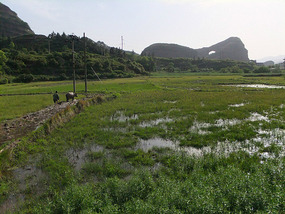

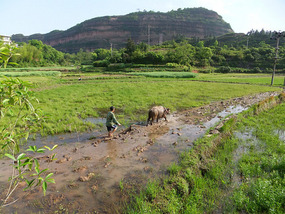
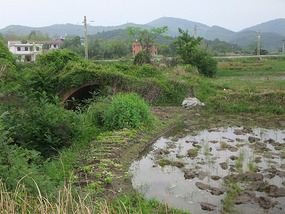
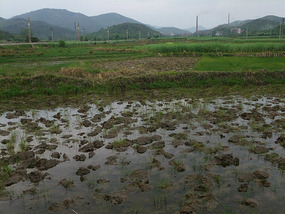
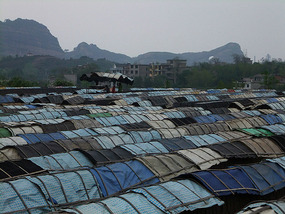

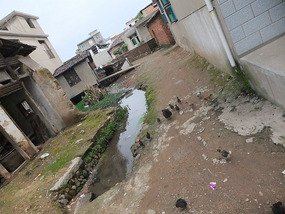
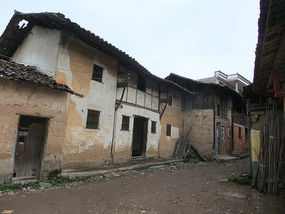
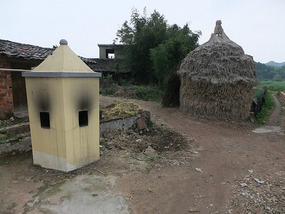

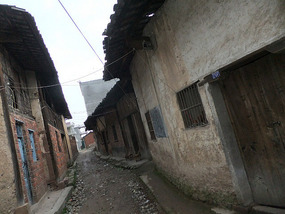

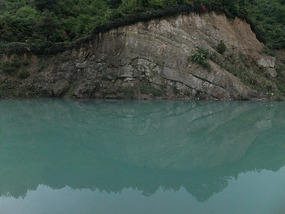
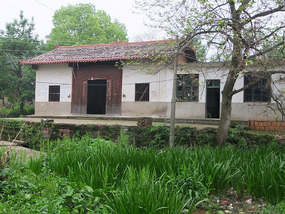
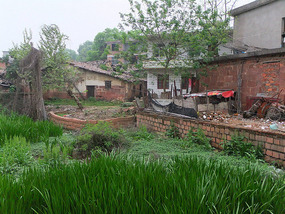


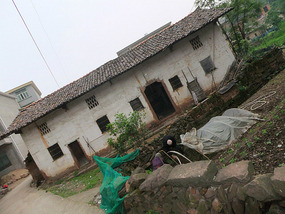
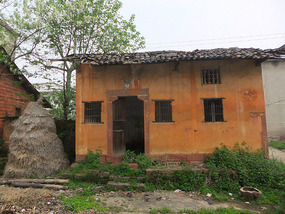
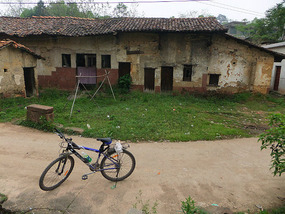


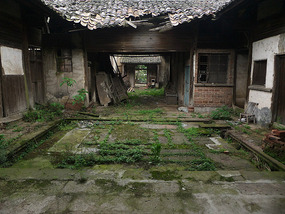
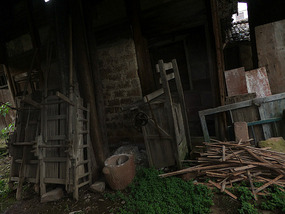

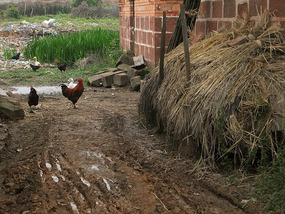

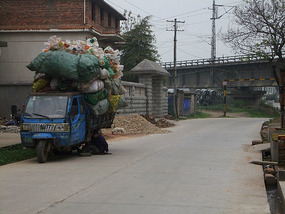
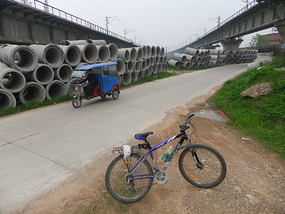
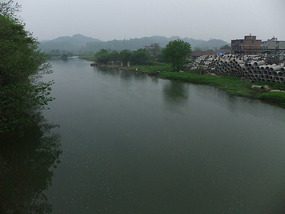

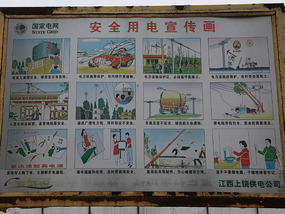
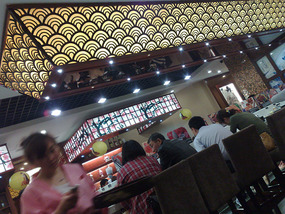
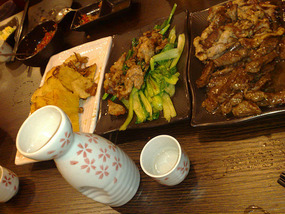
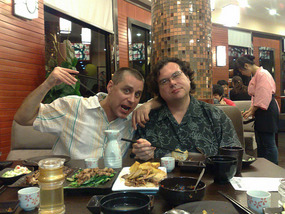
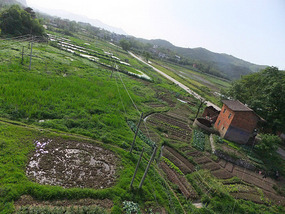
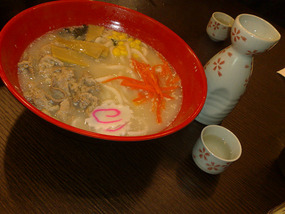



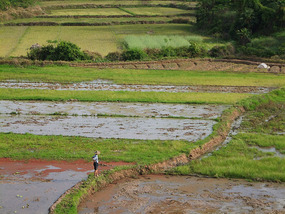

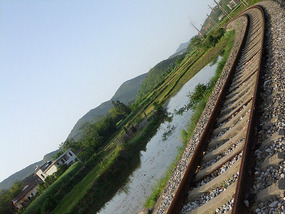
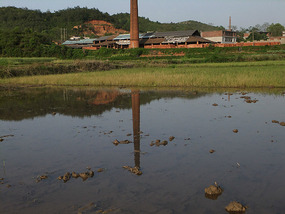
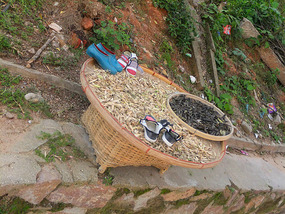
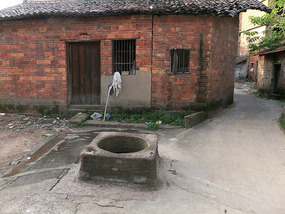
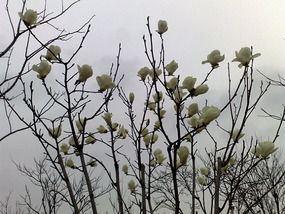
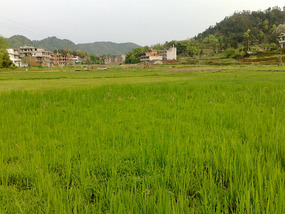


2025-05-22